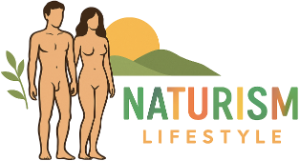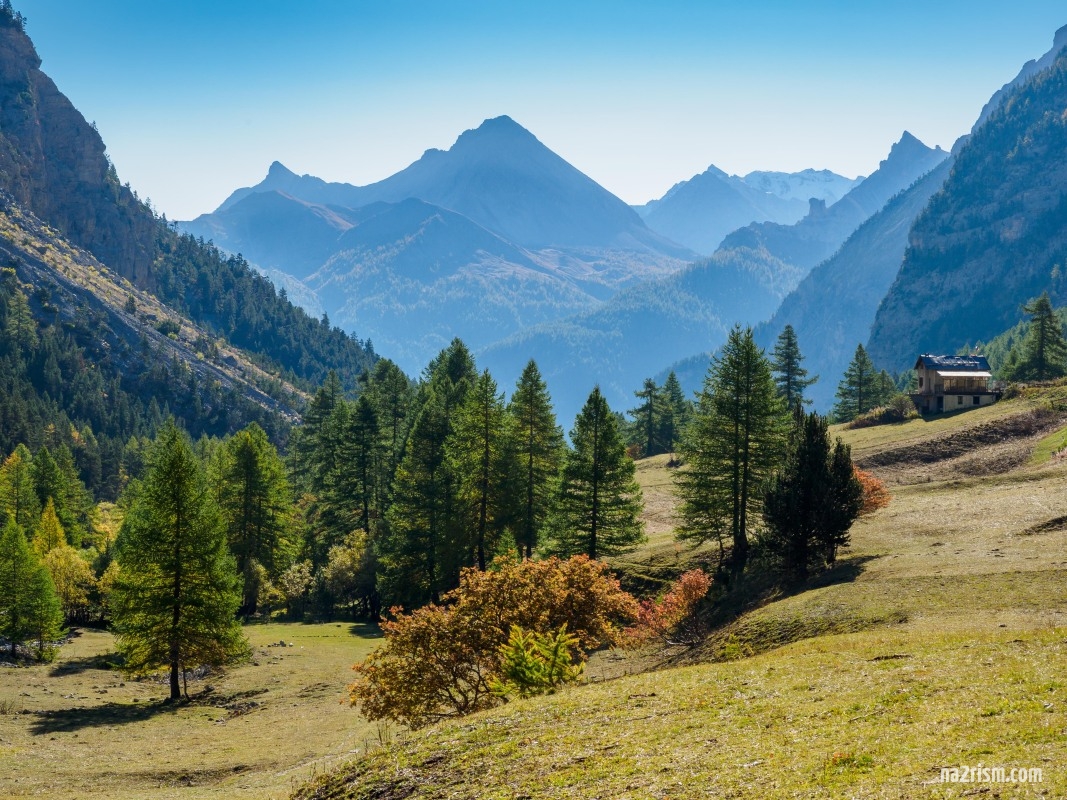 Whether it is written randonnue, randonue or rando-nue, this neologism designates hiking while naked. I discovered and I practice randonnue since 2006, most of the time alone because of the lack of partners in my region. Tired of this loneliness, I joined from 2019 to 2021 the Drôme association of the Naked Walkers of the Roanne Valley (MNVR) with whom I share the same state of mind and I had the pleasure to live healthy experiences. In 2021, after having organized a few stays without any established structure, Bruno de Chartreuse created the association Rassemblements, Séjours et Voyages Naturistes (RSVNat) which allows to legally secure the organization of such gatherings. It is thus quite naturally that I also joined it in order to be able to benefit serenely from the stays that the association allows to supervise.
Whether it is written randonnue, randonue or rando-nue, this neologism designates hiking while naked. I discovered and I practice randonnue since 2006, most of the time alone because of the lack of partners in my region. Tired of this loneliness, I joined from 2019 to 2021 the Drôme association of the Naked Walkers of the Roanne Valley (MNVR) with whom I share the same state of mind and I had the pleasure to live healthy experiences. In 2021, after having organized a few stays without any established structure, Bruno de Chartreuse created the association Rassemblements, Séjours et Voyages Naturistes (RSVNat) which allows to legally secure the organization of such gatherings. It is thus quite naturally that I also joined it in order to be able to benefit serenely from the stays that the association allows to supervise.
Beyond hiking, other similar activities can also be practiced naked, such as jogging, snowshoeing, ski touring (uphill), via ferrata, rock climbing, etc. The practice of naked sports has many virtues, among which:
- an exacerbated attention of its environment
- sensations amplified by the warmth of the sun’s rays and the coolness of the wind on the skin, which is no longer “anesthetized” by clothing
- a better management of the body temperature thanks to our remarkable capacity of natural thermoregulation and the absence of wet clothes
This last element is so efficient that it allows, with a little sun and no wind, to hike naked without any problem under slightly negative temperatures! It can even be a good opportunity to take out the snowshoes and to practice the “raquettenue”… And when you are an amateur of naturism in freedom, you quickly realize that most of the leisure activities can be practiced naked.
In practice, especially in hiking, it is quite rare to be completely naked for obvious safety reasons. It is most often appropriate to be equipped with:
- adapted hiking shoes (that can be easily removed when the nature of the ground allows it)
- backpack for water, food, clothes in case of weather changes, maps, first aid kit, etc.
- protection against sunburn (cap, sunglasses, etc.), especially at high altitudes and/or in strong sunlight
In short, the standard equipment of the hiker, the clothes being in the backpack rather than on the back itself…
Website: randonnues.e-monsite.com

